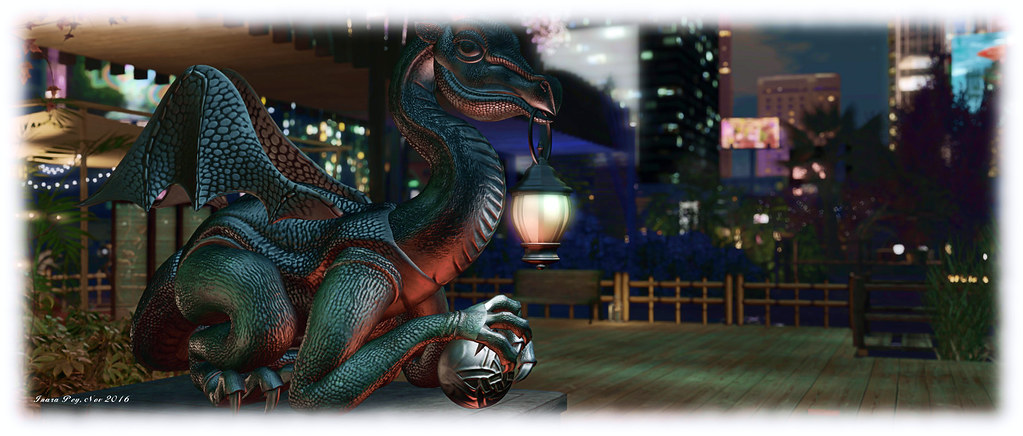 On Monday, November 28th, Linden Lab launched their new Grid Status update service.
On Monday, November 28th, Linden Lab launched their new Grid Status update service.
Now delivered by a new service provider, it is designed to provide more detailed information on the overall status of the grid and Second Lifer services, whilst making it easier for the Lab to update the information presented through the pages.
While the new Grid Status pages are hosted by a different provider, existing grid status page and RSS links should redirect automatically.
Steven Linden first announced these changes would be coming during the TPV Developer meeting held on Friday, November 19th. The new page is more informative, with the most recent update / information displayed at the top, with drop-down sections displayed beneath it, with historical information displayed below these.
The drop-down sections can be used to display expanded information on the three main grid simulator channels; information on the various SL web-based services (secondlife.com, marketplace, wiki, community pages, JIRA, etc.); updates on major in-world services, (group chat, L$ transactions, rezzing, Voice services, teleporting, inventory, etc) as well as further information on various external services such as the log-in service and the chat / phone / Case support services.
As well as more information being available on the page, there is also an expanded set of subscriptions options to the service. These can be accessed via the orange button in the top right corner of the page, and they include the option to have Grid Status updates SMS’d directly to a mobile ‘phone. In addition, a separate option can be used to subscribe directly to a specific incident in progress via e-mail and / or SMS.

The new service also means the Lab’s Operations team can now update incident reports directly via a bot system, rather than relying on a manual update process involving different teams, as was the case in the past. This should help ensure the status information reflect updates and situations in a more timely manner.
With a faster means for staff to update information, more means by which users can access updates outside of visiting the Grid Status page itself (so often a bottleneck in the past), this new service should hopefully prove to be a lot more flexible, informative and accessible to SL users.
Note: at the time of writing, the Grid Status section on users’ secondlife.com dashboards was reporting “RSS Feed has no items”, suggest the RSS feed to the dashboard may have just to be updated. This has been reported to the Lab.




